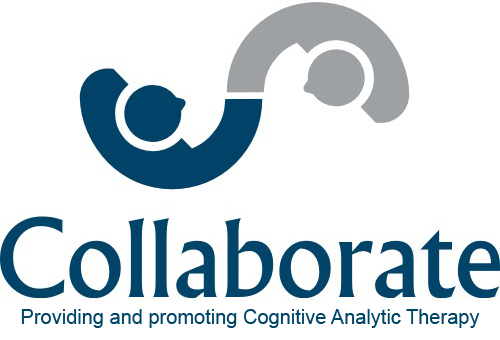What is CAT?
CAT stands for Cognitive Analytic Therapy; a collaborative programme for looking at the way a person thinks, feels and acts, and the events and relationships that underlie these experiences (often from childhood or earlier in life). As its name suggests, it brings together understandings from cognitive psychotherapies (such as Cognitive Behavioural Therapy) and from psychoanalytic approaches into one integrated, user-friendly and effective therapy.
It is a programme of therapy that is tailored to a person’s individual needs and to his or her own manageable goals for change. It is a time-limited therapy – between 4 and 24 weeks, but typically 16. It is available in many parts of the NHS. There are also private CAT therapists across the UK and overseas.
CAT is an integrative model of human development and of psychotherapy drawing on ideas as mentioned below. It is a fundamentally relational model, both in its view of human development and in its practice of psychotherapy. At its heart is an empathic, respectful and collaborative, meaning-making relationship between the client and therapist within the therapeutic boundaries.
What are the origins of CAT?
CAT was developed in the early 1980’s by Dr Anthony Ryle at Guy’s and St Thomas’ Hospital in London. CAT developed as a public health response to the mental health needs of a busy inner London area. He felt it important to offer a short-term focused therapy for use in the health service; a therapy that integrated the best of different approaches to people’s problems and that could be researched and refined with the growing experience of clients and therapists.
Theoretically, CAT draws on:
- Psychoanalytic concepts of conflict, defence, object relations and counter transference (particularly from Donald Winnicott).
- Ideas from activity theory and dialogism introduced from Lev Vygotsky and Mikhail Bakhtin.
- George Kelly’s Personal Construct Theory and work with repertory grids; a focus on how people make sense of their world (“man as scientist”) and on common sense, co-operative work with patients.
- From cognitive approaches involving step by step planning and measurement of change; teaching clients self-observation of moods, thoughts and symptoms.
What sort of problems can CAT help with?
CAT tries to focus on what a person brings to the therapy (‘target problems’) and the deeper patterns of relating that underlie them. It is less concerned with traditional psychiatric symptoms, syndromes or labels. In the NHS, CAT has been widely used to help people who have experienced childhood physical, emotional or sexual abuse, neglect and trauma, including people who self-harm. CAT is also used with people with eating disorders, addiction problems (like drugs and alcohol), obsessional problems, anxiety, depression, phobias, psychosis and bipolar illness. CAT therapists also work with adolescents, older people and people with learning difficulties, and in forensic settings. CAT is mostly offered to individuals, but it can also be used effectively with couples, in groups and to help teams understand the ‘system’ in which they work – an approach called ‘contextual reformulation’. There are many papers and books written about CAT and there is a full reference list and bibliography available on the website www.acat.me.uk.
